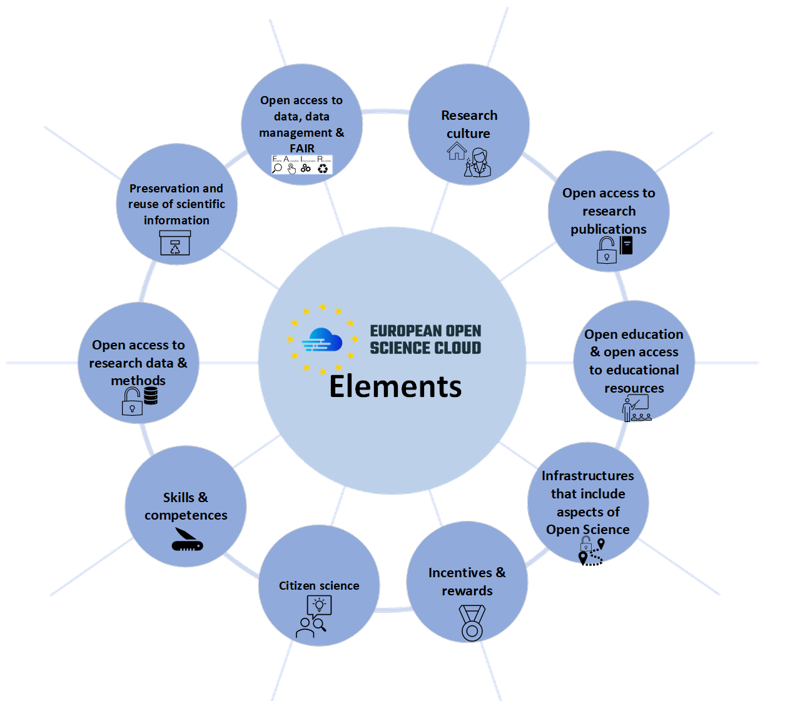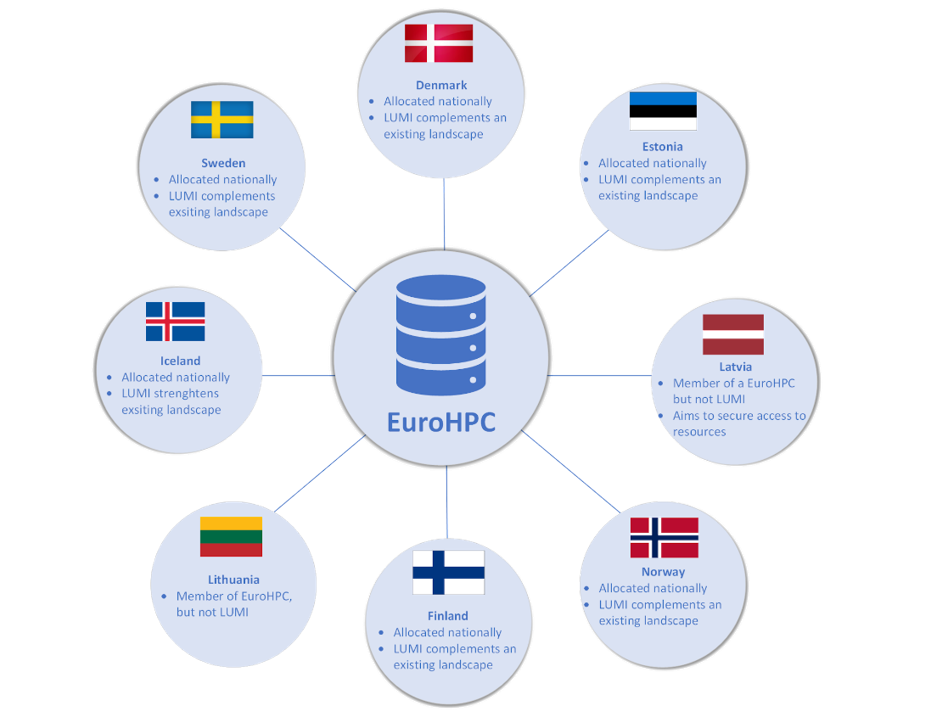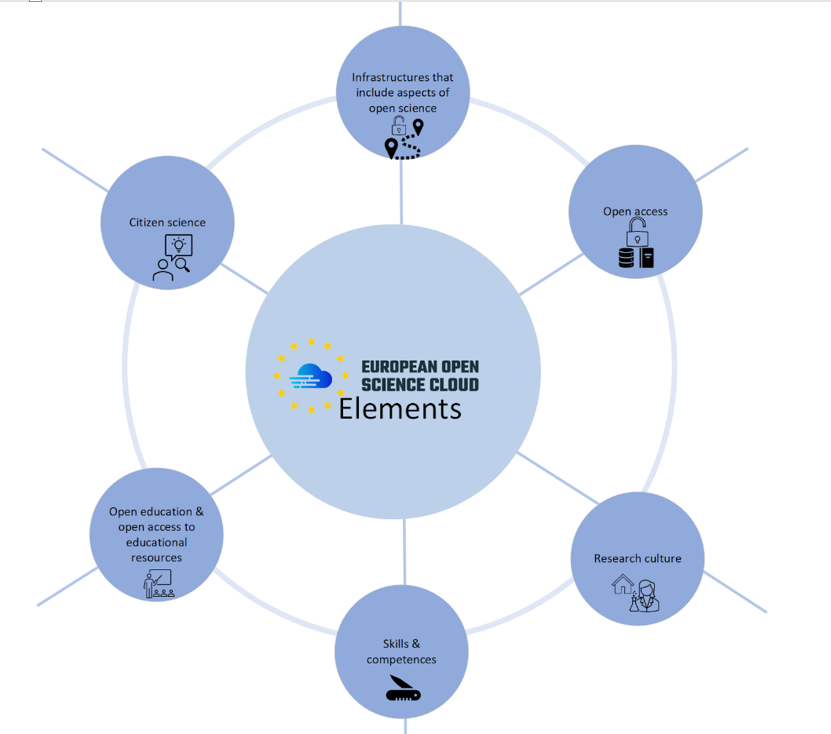New deliverable – D2.8: Open Science policies and resource provisioning in the Nordic and Baltic countries (final report)
EOSC-Nordic just published the final report on Open Science policies and resource provisioning in the Nordic and Baltic countries. The report is a collaboration between countries in the Nordics and Baltics. The report provides an updated assessment since the last deliverable (D2.5).
The focus of the deliverable was shaped based on the requirements set out in the EOSC-Nordic project plan and to support the EOSC Partnership, namely to support the compilation of the survey of the EOSC Steering Board on national contributions to EOSC.
This deliverable, formulated in dialogue with the EOSC Steering Board, is based partially on the EOSC Steering Board survey. We further dived into a proposed EOSC framework of OS elements for this deliverable. The elements proved helpful when mapping policies to see how far the Nordic and Baltic countries have come in their policymaking.

Figure 1: The Open Science elements, as proposed in the EOSC Steering Board survey
The key findings
All Nordic and Baltic countries have made progress in making new policies, where the scope is national rather than cross-border. Depending on the organisational and political authorities in the countries, different actors are involved in policymaking. The OS landscape is fragmented and oblique. Regarding resource provisioning, this deliverable shows different approaches among the Nordic and Baltic countries concerning EuroHPC. For some countries, EuroHPC appears to be the primary provider of resources, while most countries rely mainly on national resources, with EuroHPC as a complementary provider. Until recently, resources have been nationally allocated, the novelty being a change to supranational co-allocation of resources via the JU part of EuroHPC, e.g., the LUMI supercomputer.

Figure 2: Mapping of EuroHPC landscape for all the countries.
In the report, several recommendations were followed from the analysis on the topics of The state of OS, EOSC in the national policy, EU in the OS policymaking and Resource provisioning. Also, the OS elements used in the EOSC Steering Board survey should be enhanced by decreasing the number of elements from ten to six. The original elements are, in many cases, overlapping. Merging some would harmonise the reporting and benefit policymakers to build solid plans for their implementation.

Figure 3: Recommended Framework of EOSC elements
The country-specific mapping of elements gave coverage of the different topics per country. The most commonly represented elements represented are:
- Research culture
- Open access to research publications
- Open access to data, data management & FAIR
- Preservation and reuse of scientific information
The least commonly represented elements are:
- Citizen science
- Open education & open access to educational resources
- Open access to research data & methods
Some elements have a very high or low frequency in the element framework, showing that the OS landscape for the Nordic and Baltic countries is oblique. Citizen Science is represented only by two countries.
The challenge is how to straighten the OS framework for the countries. Policy inequality cannot be solved solely with additional funding but deserves a coherent national strategy embracing all the OS elements. Harmonisation is essential, but policies must still respect country-specific differences. A proper foundation needs to be put into place so that countries can start making a plan ahead for policymaking.
Read the deliverable on our Knowledge Hub.
Author: Emma-Lisa Hansson, Lund University and member of EOSC-Nordic WP2